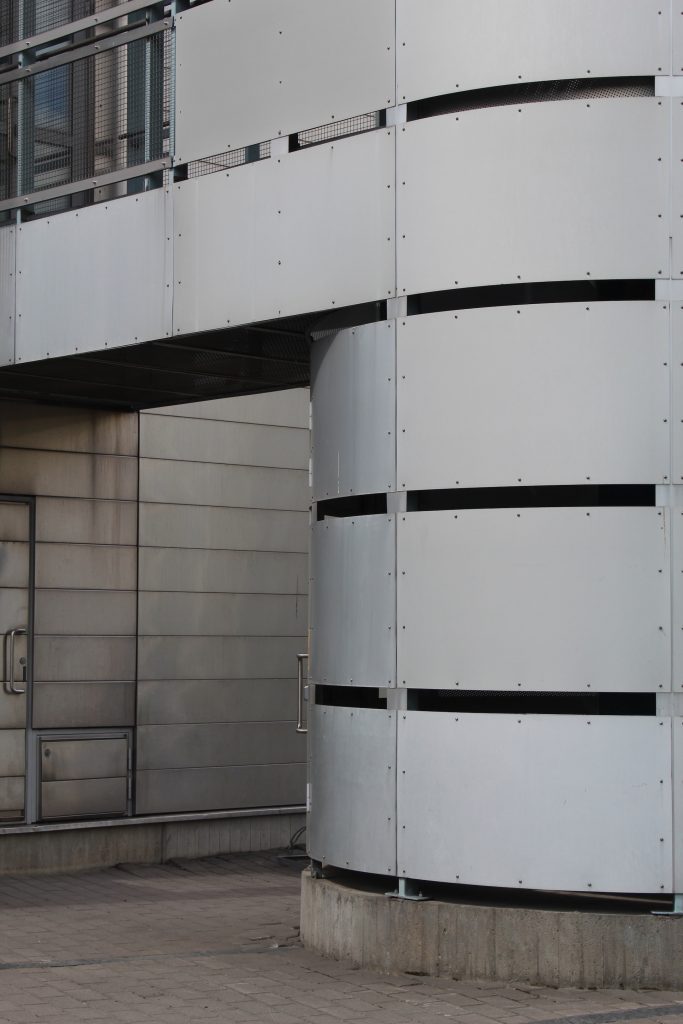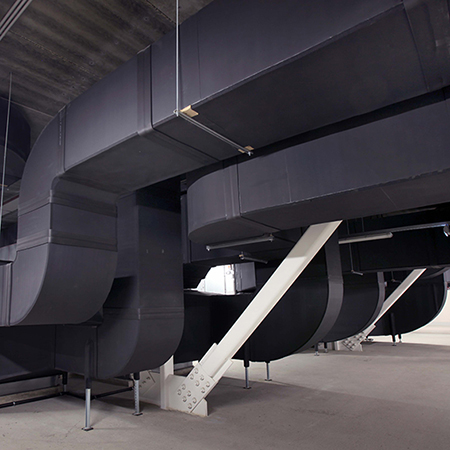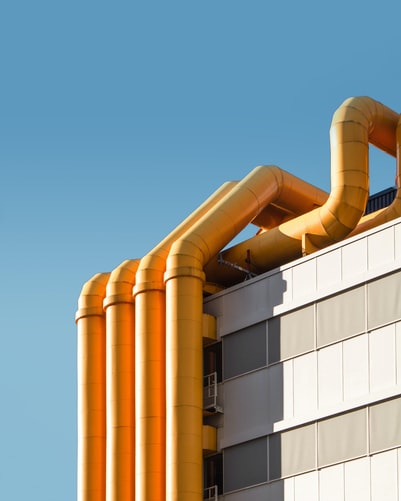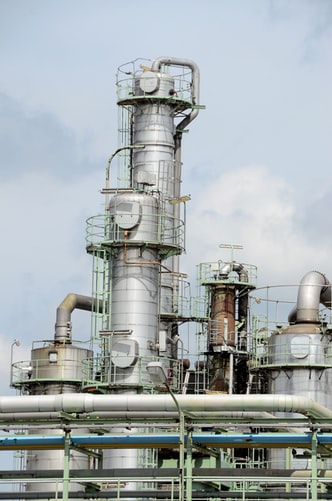Their asbestos-laden parts were used in cement, insulation, and brick materials for their flexibility and heat resistance.
Harmful Products and Health Consequences
Workers who manufactured or worked on the construction of these products were put in harm’s way for developing deadly cancer, but Kaiser did not inform people of the risks. Employees were exposed, as were construction contractors and military veterans who worked in and with products manufactured by Kaiser.1

Problematic Patents
Patent applications by the company offer examples of how Kaiser used asbestosis-inducing parts. In 1957, a patent for its continuous casting apparatus explained how the company used “an insulation sheet material composed of asbestos fiber” to create a better metal casting product.2

In 1965, patent applications for products used for refractory lining for rotary kilns explain how Kaiser also used asbestos-based thermal expansions and asbestos-based strips.3
Lawsuits, Bankruptcy, and an Asbestos Trust
Like many other companies, Kaiser Aluminum & Chemical Corporation filed for bankruptcy after facing an astronomical amount of personal injury claims related to illness directly caused by their asbestos-based products. Kaiser filed in 2002 and created a trust in 2006 to pay off asbestos personal injury claims. According to the trust, claims were required to be filed between December 2006 and June 2007 in order to qualify to be paid by the trust.4 According to court documents, Kaiser settled one Seattle resident’s mesothelioma claim for $39,675.72, although mesothelioma claims were scheduled to be paid at $70,000. That claimant later died due to his cancer.5
Environmental Hazards
Kaiser’s environmental hazards date back to the 1990s. Kaiser locked out its workers after being fined for extraordinary pollution violations in Washington state in 1999, which led to a massive steelworker union strike in the Pacific North West, according to Oregon Labor Press Publishing Co’s magazine in December 1999.6

Environmental Damage
In addition to reducing the amount of money the company would owe for asbestosis victims, Kaiser also used the bankruptcy court to reduce the costs associated with its many liabilities for environmental damage. In bankruptcy court, Kaiser settled almost $20 million of environmental liability that spanned across nearly 60 sites. According to an investigative report conducted by the Center for Public Integrity, the government claimed that Kaiser owed nearly $460 million before the bankruptcy filing.7
According to the Environmental Protection Agency, the Kaiser Aluminum site in Mead, Washington, is considered a Superfund site. Superfund site status is reserved for areas in which the contamination is so bad that the environment and human health risks are so high that the government funds the cleanup of these areas. At that site, nearly 250 acres of land were contaminated after being used as a dumping ground for pot linings from 1942-1978, which led to the groundwater and soil becoming contaminated with hazardous chemical waste.

The EPA currently states that the risk for human exposure is under control as of 2018, but construction is still ongoing.8

 Rae Steinbach
Rae Steinbach
 Lauren Weinand
Lauren Weinand